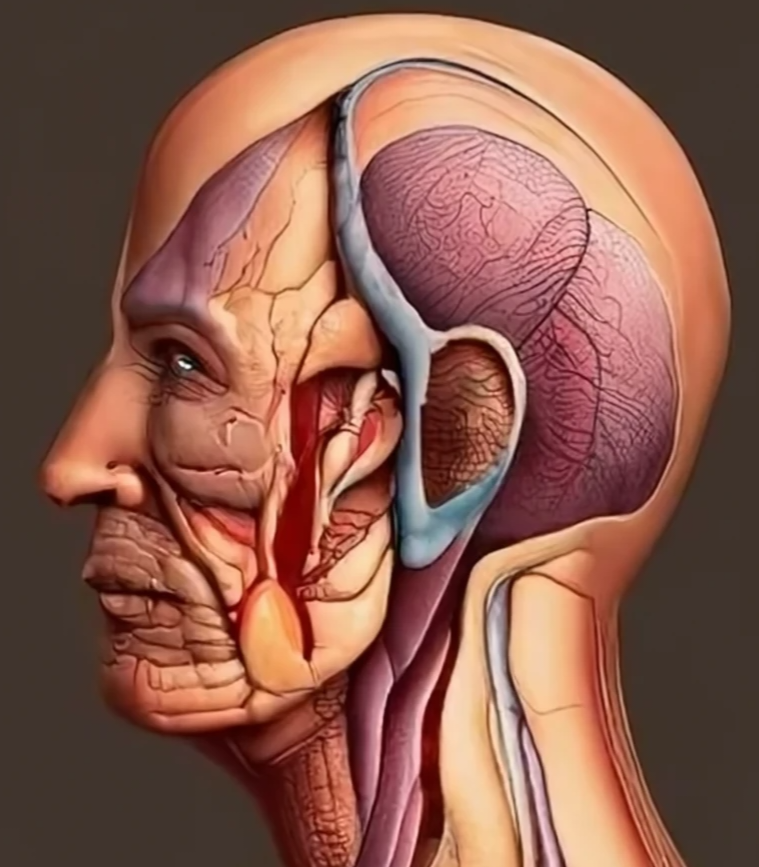10 CEUs. 80 Muscles of Head.

The head muscles are a group of muscles that are responsible for various functions such as chewing, facial expressions, eye movements, and tongue movements. There are two main categories of head muscles: the muscles of mastication and the muscles of facial expression.
The muscles of mastication are four muscles that attach the mandible (lower jaw) to the skull and enable the movements of the jaw for biting and chewing food. They are the masseter, temporalis, medial pterygoid, and lateral pterygoid muscles.
The muscles of facial expression are about 20 muscles that attach the bones of the skull to the skin of the face and scalp. They allow the face to produce a wide range of expressions and also help with speech and eating. Some examples of facial muscles are the orbicularis oculi, orbicularis oris, zygomaticus major, and nasalis muscles.
There are also other muscles in the head that are involved in the movement of the eyes, such as the six extrinsic eye muscles, and the movement of the tongue, such as the four extrinsic and four intrinsic tongue muscles. These muscles are controlled by different cranial nerves that originate from the brainstem and innervate the head and neck regions.